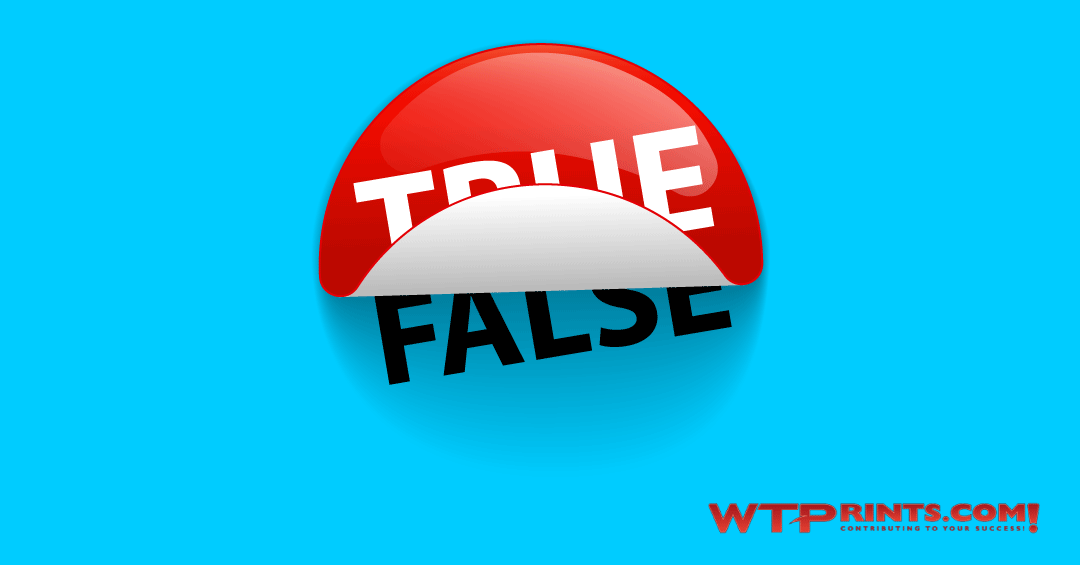The disconnect between our business assumptions and reality can be striking. A recent study from RRD illustrates the point.
It also points out at least three print opportunities for printing companies and their clients.
In a recent study, The (Un)Expected Report, RRD surveyed two groups: marketers and consumers.
When asked to identify the top channel that drives purchases, 7% of marketers said, “word of mouth.” However, 40% of consumers said they actually purchased something due to word-of-mouth.
They continue, "While 82% of marketers believe influencers drive consumer purchases, the reality is that just over a quarter (26%) of consumers say that influencers make them more likely to purchase new products or services."
Those are two big disconnects. The top channel for consumers (reality) is barely a blip on the marketers’ radar. And influencers aren’t always as hot as they’d like you to believe.
When Marketer Assumptions Don’t Match Consumer Behavior – 3 Opportunities

Here are three opportunities to bolster the case for bigger budgets with printing clients.
1 - Direct Mail
The study found that 51% of consumers were more excited to receive direct mail this past year than in prior years. Yet only 16% of consumers actually purchased because of direct mail, even though 27% of them did research prior to purchase.
That’s because mailboxes aren’t nearly as cluttered as email inboxes or the digital advertising space. This is an opportunity to stand out.
In The Future of Direct Mail White Paper, the USPS found that direct mail campaigns combined with digital were effective throughout the entire customer journey, from awareness to consideration to transaction. 60% of marketers they surveyed said cross-channel campaigns throughout the customer journey increased return on investment.
In short, direct mail campaigns need to be showing up in the mailbox throughout the entire journey to drive transactions. In other words, one-off mail campaigns are not likely to cut it. A well-planned series is required.
2 - Signage
58% say in-store signage influences their purchases.
80% of consumers prefer signage that helps them navigate the store and avoid crowds.
It’s likely that retail clients of printing companies have dozens of opportunities for new in-store signage.
3 - Sustainability
There is likely to be sustainability resistance from clients when you talk about direct mail and paper-based products. That’s an opportunity to address sustainability misconceptions.
A consumer interest study from Two Sides North America found that 67% of consumers believe electronic communication is more environmentally friendly than print. However, the facts do not support this conclusion.
According to Two Sides,
“The miniaturization of today’s electronic devices and the “invisible” nature of digital infrastructure and cloud-based services cause many to vastly underestimate the environmental footprint of electronic communication. This footprint includes the environmentally intensive mining of finite raw materials like iron, copper and rare earth minerals to produce electronic devices, massive amounts of mostly fossil fuel energy to manufacture and operate those devices and the server farms that support them, and an enormous and growing amount of e-waste, only 15% of which gets recycled.”
Paper is infinitely renewable and is recycled more than any other material.
4 Takeaways from the Marketer vs Consumer Belief Study
- Traditional marketing channels are under-used.
- Talk to customers where they are, even if it’s not trendy.
- Continue to test and adjust.
- Always use a cross-channel approach.
Check out more articles on quick and commercial printing.